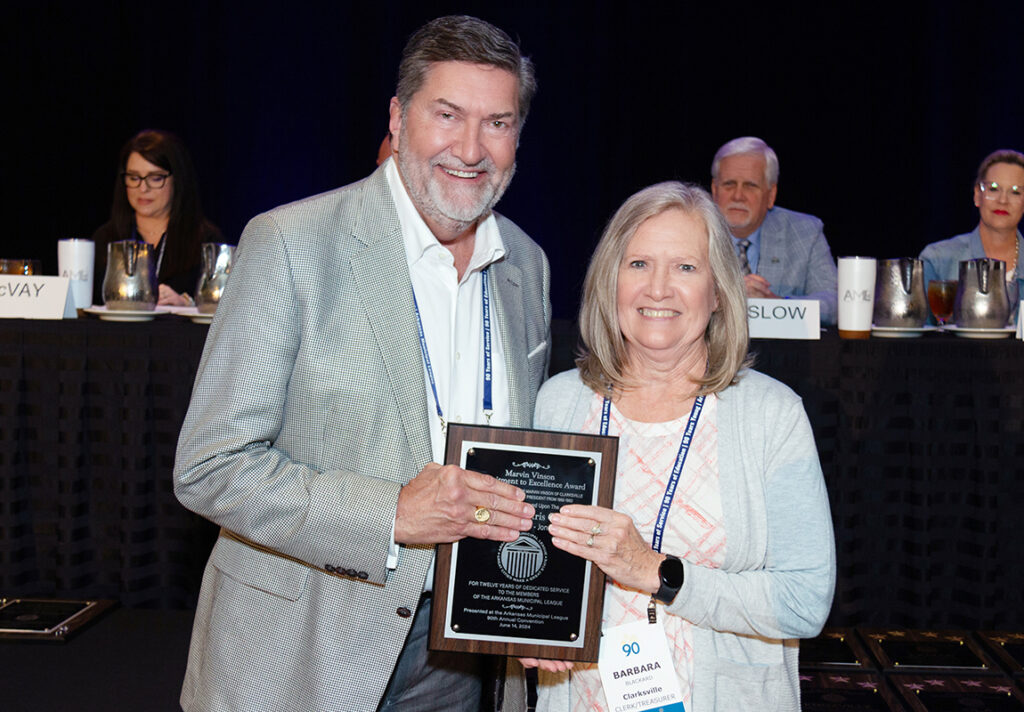The discovery of penicillin nearly a century ago marked a breakthrough in the research and production of antibiotics that have gone on to save countless lives. Each year, health care providers in the United States write over 250 million antibiotic prescriptions to fight or prevent bacterial infections.
We’ve come a long way from the days when even minor infections could be fatal because doctors lacked the tools to treat them. But while antibiotics have now become a routine remedy, they’re also a resource we can’t afford to take for granted. Bacteria are constantly evolving, and if they are overexposed to antibiotics, there’s an increased risk that they’ll develop traits that make them resistant to treatment.
We all need to be aware of the significant public health threat posed by antibiotic resistance. Even the healthiest person can develop an infection, and it’s vital that we conserve these treatments, so they remain effective when we need them the most.
HOW ANTIBIOTICS WORK
Antibiotics comprise a wide variety of medications that kill bacteria or interfere with their ability to reproduce. Each class of antibiotic has a different chemical composition, and most of them target specific types of bacteria. Health professionals are trained to diagnose patients and determine which antibiotic—and what dosage—is best suited to treat them.
Most people will take several types of antibiotics in their lifetime, whether to treat conditions such as strep throat and staph infections or as a prophylactic measure to reduce the risk of infection after a surgical procedure.
It’s important to know that there are limits to what antibiotics can do. They only treat bacterial infections, so they offer no protection against viruses such as colds, flu or COVID-19. They also carry the possibility of side effects such as diarrhea, nausea and allergic reactions.
In some cases, antibiotics aren’t needed to clear up an infection. Many ear infections don’t require the use of antibiotics because the immune system can handle them on its own.
ANTIBIOTIC RESISTANCE
While antibiotics are usually highly effective in fighting infections, bacteria are resilient organisms that will continue to find ways to ensure their survival. The more they’re exposed to antibiotics, the higher the likelihood that they’ll develop defense mechanisms that allow them to mitigate the drugs’ effects.
Drug-resistant infections are extremely difficult to treat, often resulting in longer and costlier hospital stays. When an antibiotic is no longer effective, it leaves clinicians with one less option and forces them to find a new course of treatment. In the meantime, the bacteria continue to multiply, increasing the risk that the patient will face severe illness or life-threatening complications.
DOING OUR PART
Bacterial evolution is a natural process, but we all have a role in preventing these adaptations from outpacing our ability to combat them. Take antibiotics only when prescribed by a health professional and finish your course of treatment as prescribed. Cutting off a round of antibiotics too soon, before it has completely resolved the infection, gives the bacteria an opportunity to become more resistant to treatment.
Another way to avoid the overuse of antibiotics is to reduce your risk of developing infections. Practice good hygiene by washing your hands frequently and thoroughly to prevent harmful bacteria from entering your body or spreading to others. Open wounds are another common source of infection, so keep any cuts or bad scrapes clean and covered with bandages. Stay up to date on appropriate vaccinations to prevent either development or complications of preventable infections.
Lastly, rather than ask your providers for an antibiotic, ask whether an antibiotic is even necessary. Better and more in-depth discussions of the risks and benefits of antibiotic exposure are much needed in clinic settings.
For our part, health professionals across the country have worked to implement stewardship programs that optimize the use of antibiotics. By reducing instances of overprescribing and misuse, we can improve patient outcomes today while ensuring we continue to see the benefits of antibiotics in the future.










